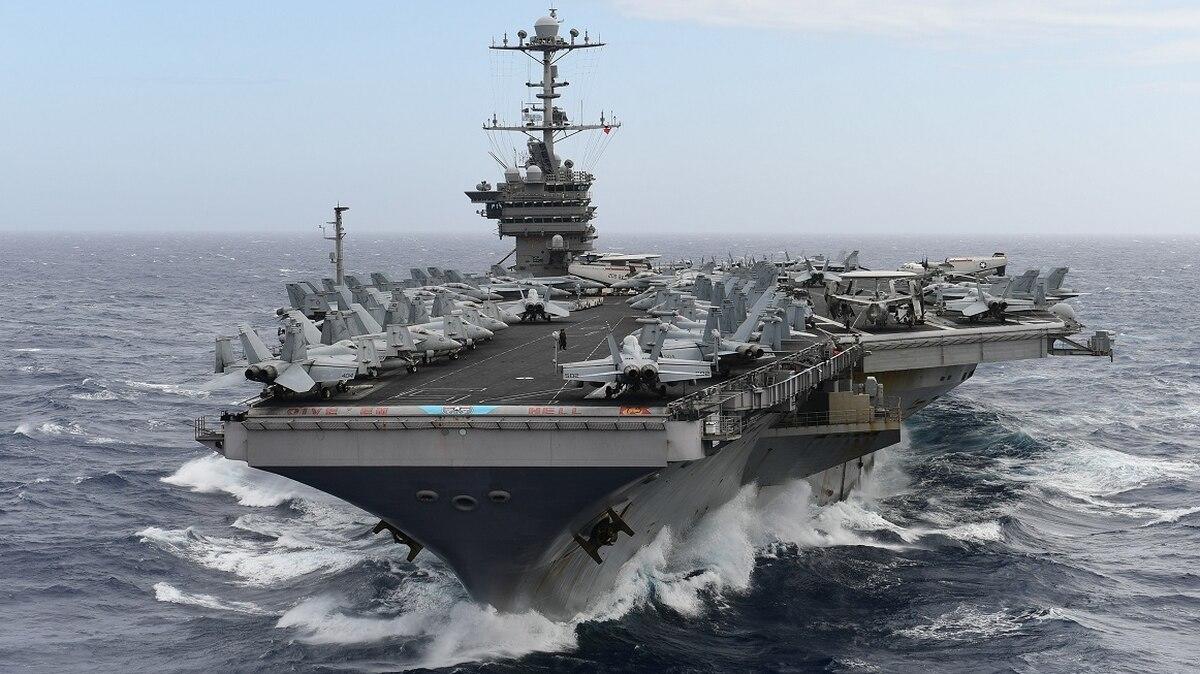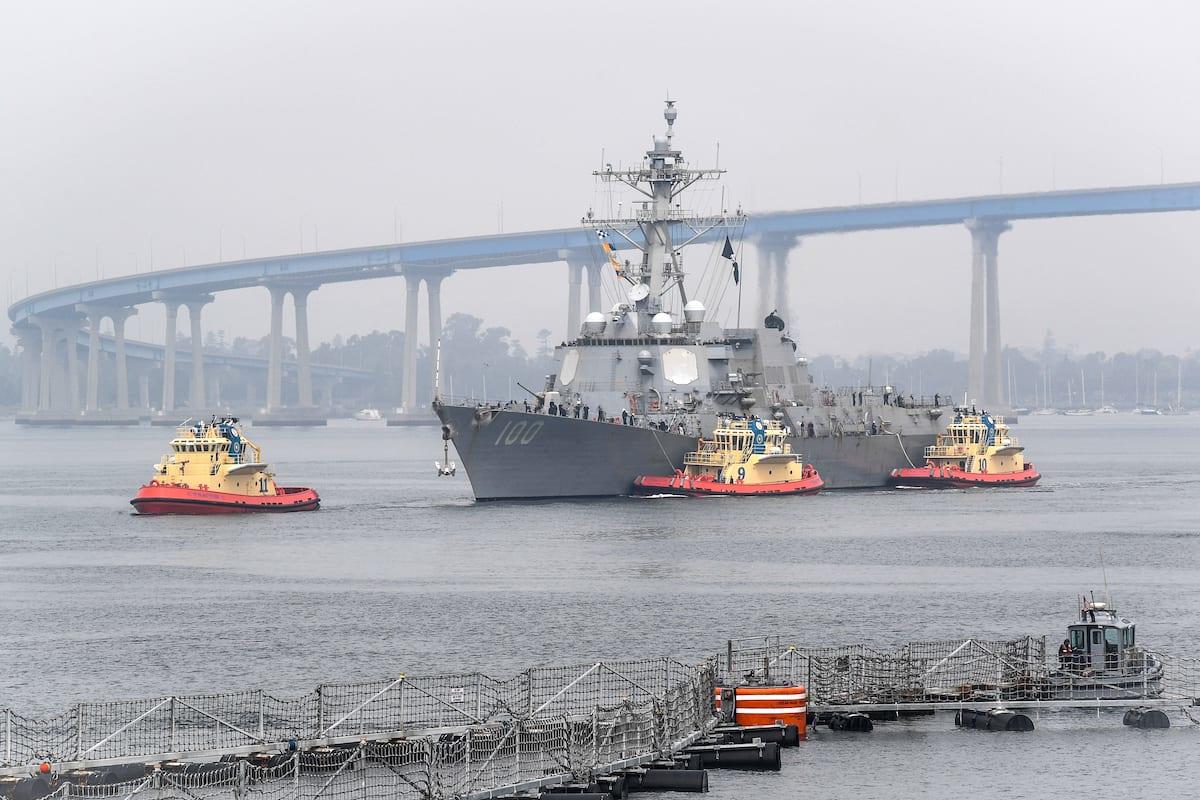“The Last Ship”: US Navy Keeping COVID-19 “Clean” Carrier Out At Sea Indefinitely
The US Navy is keeping warships with crew deemed “clean” — that is, completely free of coronavirus cases — deployed for an additional length of time with no port calls and no deployment end date amid a worsening crisis aboard other ships, as Reuters reports:
On any given day, the U.S. aircraft carrier Harry S. Truman can be found off the Atlantic coast of the United States, probably somewhere between Virginia and Florida. Its crew would love to come home to their families. But they can’t. They’re just too valuable right now.
That’s because the Truman is a “clean” ship, free from the coronavirus thanks to a longer-than-expected deployment at sea that started in November. The deployment has kept its battle-ready 4,500 crew out of reach of a pandemic that is wreaking havoc elsewhere in the Navy.

At this point at least four US Navy aircraft carriers — the USS Theodore Roosevelt, the USS Ronald Reagan, the USS Carl Vinson and the USS Nimitz — have reported cases of coronavirus, crimping their operations. Most notably the Roosevelt had over a month ago been diverted from its original mission in the West Pacific, and now has 1,102 sailors that have tested positive for COVID-19.
Reuters further reports US officials have confirmed more than two dozen warships now have crew with coronavirus infections while at port.
And this week the guided-missile USS Kidd which arrived in San Diego Tuesday at least 78 active cases out of a 330-person crew, or about 25% of total personnel on board, reports the San Diego Union-Tribune.
We noted last month that Chinese state media appeared gleeful that US carriers and battle ships are seeing operations increasingly hampered by COVID-19, with the PLA Navy recently boasting it’s own missions are “not impacted”.

“This is a really weird situation for us,” USS Truman ship commander Captain Kavon Hakimzadeh told Reuters in a phone interview. Anxiety is growing among the crew over what’s essentially become an ‘indefinite’ deployment with uncertainty over when they’ll return to port, as their families at home and on shore navigate local lockdown orders, given the Navy has put no date on the ship’s return.
“The crew members interviewed said they understood why the Truman needed to remain offshore to ensure combat readiness,” Reuters continues. “The virus ripped through another carrier, the Theodore Roosevelt, infecting more than 1,100 sailors.”
And further, “Being so close to home is a constant reminder for sailors of the strain on their families in the United States, where in just months coronavirus-related deaths have reached at least 62,800, surpassing the number of Americans killed in the Vietnam War.”
If this bizarre scenario of a whole crew stuck indefinitely adrift at sea due to a pandemic devastating civilization on land sounds familiar, the report includes this somewhat eerie reminder from Hollywood:
In a world awash with dark Hollywood dramas, one television show that’s been popular among the Truman crew is “The Last Ship.” It imagined a U.S. Navy destroyer that was at sea, in radio silence, when a deadly pandemic devastated the world.
Senior Chief Petty Officer Kevin Dublynn said one of his shipmates had mentioned it to him.
“He felt like, ‘Oh, man. This is just like ‘The Last Ship’ show,’” Dublynn said. “I was like, ‘No, it’s not,’” adding the Navy had plenty of ships.
Steven Kane, the TV show’s co-creator and executive producer, said the 2014-2018 TNT drama explored how ill-intentioned people could exploit a pandemic and how easily a virus could wipe out a ship.
An outbreak wipes out civilization on land while a “last ship” is at sea:
No doubt there are other “clean” Navy ships out there, so it’s very likely the number of ‘indefinite’ deployments at sea will grow.
This as America’s rivals look on closely, especially China and Russia, eager to see just how severely operations and military readiness will be impacted across the Navy and Department of Defense.
Tyler Durden
Fri, 05/01/2020 – 20:20